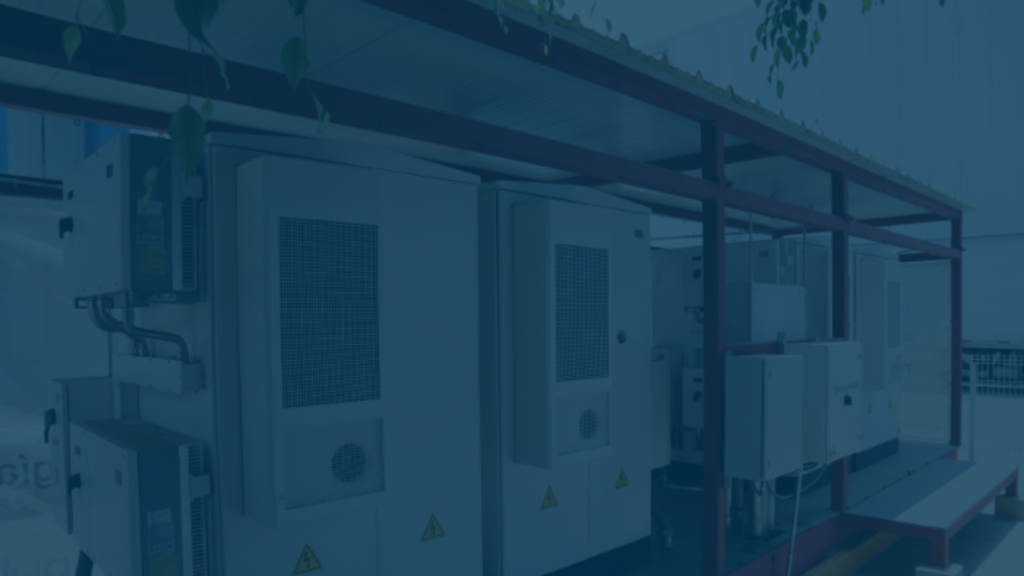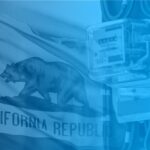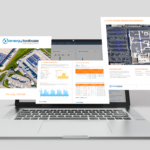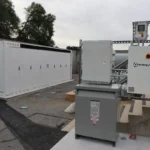This blog summarizes answers to some of the most frequently asked questions the Energy Toolbase team receives about modeling Grid Services. These cover a range of topics related to demand response programs and how Energy Toolbase is evolving to meet user needs. Let’s dive into the details.
Will more demand response programs become available in ETB’s Database?
We are actively collaborating with our users and partners to integrate additional demand response programs into our database, focusing on key regions like Hawaii, California, and New York. If you’re interested in influencing which programs we prioritize, we encourage you to reach out to your Account Manager.
Can You simultaneously participate in DSGS in addition to other programs?
Generally, participation is restricted to the Demand Side Grid Support (DSGS) program. However, we can enroll sites in different programs at various times throughout the year, ensuring continuous opportunities for grid services participation. This flexibility is crucial as we eventually expand our modeling capabilities to support multiple programs and seasonal enrollments.
How does ETB handle future event days and ETB-defined dates?
How do DSGS compensation and real-time measurement work?
DSGS compensation is based on the average demand reduction contribution to the grid provided by the battery across all events in a month. However, it’s important to note that other programs will have different methods of calculating compensation. If your battery eliminates all local site demand and exports power to the grid (subject to your interconnection agreement), these exports count towards grid-level demand reduction. The incentive calculation relies on real-time metered data, optimized by Acumen EMS™ for each specific demand response program.
What impact does SGIP Participation have on DSGS revenue?
Participation in the Self-Generation Incentive Program (SGIP) slightly reduces DSGS revenue by 2.8% of the battery’s nameplate capacity. For instance, an ideal (no losses) 120 kW/240kWh battery has the potential to decrease the site load by 120 kW; however, according to the DSGS guidelines, the SGIP incentive would reduce this through the baseline mechanism equal to 0.028/h * 240 kWh = 6.72 kW. This results in a total available demand decrease of 120 kW – 6.72 kW = 113.28 kW for this energy storage system.
What is the payment process for DSGS Participation?
Energy Toolbase, as the DSGS Provider, will submit a claim package following the end of the DSGS season in October to the California Energy Commission for review. These claim packages are processed in the order received, and customers will receive payment from the CEC for their DSGS participation once the claims are approved. These payments are often made in February of the following year.
What are the next steps after modeling DSGS Revenue in ETB?
Once DSGS revenue is modeled in ETB and Acumen EMS is installed, our operations team handles the entire enrollment process, including agreements for revenue and dispatch. Post-enrollment, no further action is required from the customer as ETB manages dispatch, measurement, verification, reporting, and revenue sharing.
How does ETB handle ESS export restrictions and DSGS response?
Energy Toolbase operates energy storage assets in compliance with interconnection agreements, including any export restrictions under NEM-3 or similar regulations, ensuring all activities adhere to regulatory standards.
What are the interconnection requirements for net metering projects?
Participation in DSGS does not alter interconnection application requirements for net metering projects in California.
How does the analysis for Grid Services participation and Bill Savings work?
Our analysis models what Acumen EMS would do in scenarios where grid services participation might impact bill savings, particularly considering days it may not be feasible to participate in a program to maximize bill savings. Typically, we find a slight decrease in bill savings due to Grid Services participation, but the revenue from DSGS participation generally outweighs this, resulting in a net economic benefit.
How does Energy Toolbase handle test events for DSGS?
For months without real events, DSGS requires a self-defined test event to demonstrate battery performance. Energy Toolbase collaborates with partners to schedule these events to maximize potential revenues without compromising bill savings.
How does Energy Toolbase prioritize value streams in ETB Developer?
ETB Developer prioritizes the most financially beneficial value streams based on site load and PV generation forecasts. ETB Developer accommodates scenarios where peak shaving should be prioritized over DSGS to achieve optimal economic outcomes. While Acumen EMS aims for optimal plans, forecast inaccuracies can sometimes lead to suboptimal behaviors once evaluated in hindsight. ETB Developer incorporates these inaccuracies to closely model a real-world execution scenario.
What compatibility does Energy Toolbase have with other ESS providers?
Energy Toolbase can model numerous ESS, including BYD, Chint Power Systems, Tesla, Socomec, Delta, and Tesla Megapack. Acumen EMS provides the optimization technology to the integrated energy storage systems, so any ESS that is integrated with Acumen EMS can take advantage of this revenue-generating technology.
Can existing solar microgrids participate in Grid Services?
Existing solar microgrids with an Acumen EMS and a behind-the-meter battery energy storage asset are likely candidates for participation in grid services. Contact our team to explore this further.



